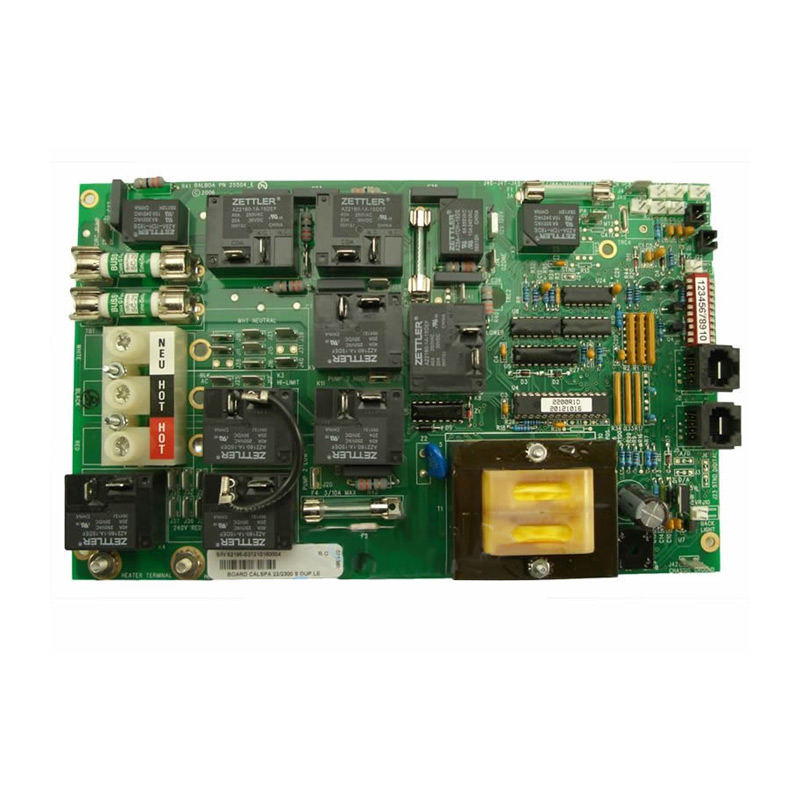

Understanding Single Pyrolytic Low-E Glass A Sustainable Innovation in Energy Efficiency
In contemporary architecture and building design, energy efficiency is more than just a trend; it's a necessity. One of the key innovations in this realm is the use of single pyrolytic Low-E (low emissivity) glass. This material exemplifies how advancements in technology can lead to buildings that are not only aesthetically pleasing but also environmentally sustainable. In this article, we will explore what single pyrolytic Low-E glass is, its benefits, applications, and the impact it has on energy efficiency in buildings.
What is Single Pyrolytic Low-E Glass?
Single pyrolytic Low-E glass is created through a process known as pyrolytic coating, where a thin metallic layer is applied to the glass during manufacturing. This process involves heating the glass to high temperatures, allowing the coating to bond at a molecular level. As a result, the glass becomes highly reflective to infrared radiation while remaining transparent to visible light. The low emissivity aspect means that the glass effectively reduces the amount of heat that escapes from a building, thus improving insulation.
Benefits of Single Pyrolytic Low-E Glass
1. Energy Efficiency The primary benefit of single pyrolytic Low-E glass is its ability to enhance energy efficiency. By allowing sunlight to enter a building while minimizing heat loss, this type of glass helps maintain comfortable indoor temperatures and reduces reliance on heating and cooling systems. Consequently, this leads to lower energy bills and a reduced carbon footprint.
2. UV Protection Another significant advantage is its ability to block harmful ultraviolet (UV) rays. Prolonged exposure to UV radiation can cause fading of furniture, artwork, and interior fabrics. Single pyrolytic Low-E glass mitigates this risk, ensuring that interior spaces remain vibrant without the adverse effects of sun exposure.
3. Condensation Control The low emissivity coating also helps in controlling condensation on the glass surface. This is particularly beneficial in regions with significant temperature fluctuations, where condensation can lead to mold growth and damage to building structures.

4. Aesthetic Appeal While functionality is critical, aesthetics cannot be overlooked. Single pyrolytic Low-E glass is available in various finishes, providing architects and designers with flexibility in their designs. The clarity and brilliance of the glass enhance the overall look of a building, making it an attractive choice for modern architecture.
Applications of Single Pyrolytic Low-E Glass
The versatility of single pyrolytic Low-E glass makes it suitable for a wide range of applications. It is commonly used in residential buildings, commercial offices, and public structures. From large curtain wall systems to residential windows, this glass type is adaptable to various architectural styles.
Additionally, it plays a crucial role in energy-efficient building certifications. Many green building standards recognize the importance of Low-E glass in achieving high energy performance ratings. Buildings utilizing this glass can qualify for LEED (Leadership in Energy and Environmental Design) certification, making them more appealing to environmentally conscious consumers and investors.
The Impact on Sustainability
As concerns about climate change and resource depletion grow, the adoption of materials like single pyrolytic Low-E glass has never been more important. By improving energy efficiency in buildings, this glass contributes to a reduction in greenhouse gas emissions. Furthermore, its durability and minimal maintenance requirements extend the lifecycle of building materials, thus promoting sustainability.
In conclusion, single pyrolytic Low-E glass represents a significant advancement in building materials aimed at enhancing energy efficiency. Its ability to reflect heat, block UV rays, control condensation, and provide aesthetic value makes it an essential choice for modern architecture. As we move toward a more sustainable future, the integration of such innovative materials will play a critical role in shaping the buildings of tomorrow, ensuring they are not only functional and beautiful but also environmentally responsible. Embracing technologies like single pyrolytic Low-E glass is a step towards creating energy-efficient environments that benefit both occupants and the planet.